“What’s wrong with your rosebush?” I asked.
We were standing in front of my mother’s profuse garden of rosebushes. She loved her roses and was always adding a new color to the collection. “That’s a new one, isn’t it? Why is the flower all green?” I was convinced there had to be something wrong with it. A green rose? Really?
“Because it’s a green rose,” Mom explained. “A chartreuse rose is one of the heritage roses. I think it adds a little balance to my colorful collection, don’t you? And, it blooms earlier than my other roses.”
“Why a green rose?” I had to ask. Everything else was green, so why would one want to have a rosebush with green flowers?
Mom laughed softly. “Well, if you look closely, you’ll see that the petals are really modified leaves. Actually, what appears as petals are not petals but sepals, which are green. This is one of the oldest roses of all, a wild rose. I wouldn’t have a complete rose garden collection without a green rose, now would I?”
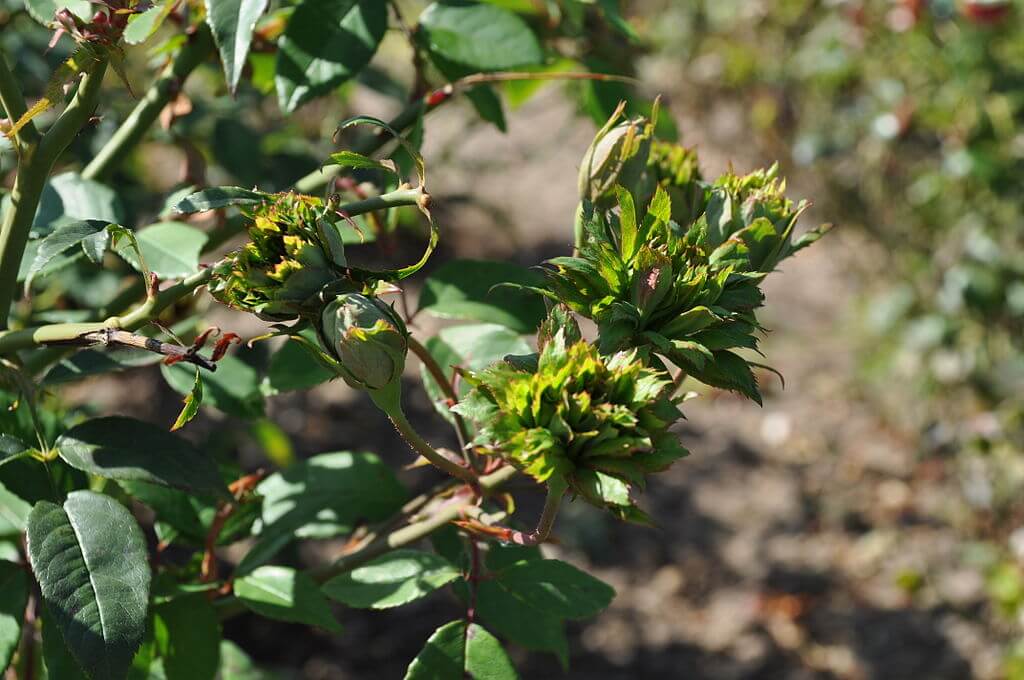
“I suppose not.” I bent forward to look more closely. Taking a deep breath, I wrinkled my nose. “It smells peppery.”
“Minimally,” Mom agreed. She was not finished with her discussion. “The green rose is also very symbolic.”
“Really?” I stood up again, and allowed my eyes to study the expansive collection of rosebushes starting to bud in preparation for an explosive collage of color.
“Yes. Green roses are a sign of plenty, of abundance, and bounty. It also suggests cheerfulness and new beginnings, a symbol of good tidings.” She paused to let her comments sink in. “I think it’s also pleasing to the eye and symbolizes self-respect and good health. It makes a good rose for St. Patrick’s Day, don’t you think? Especially with all that magical symbolism attached to it.”
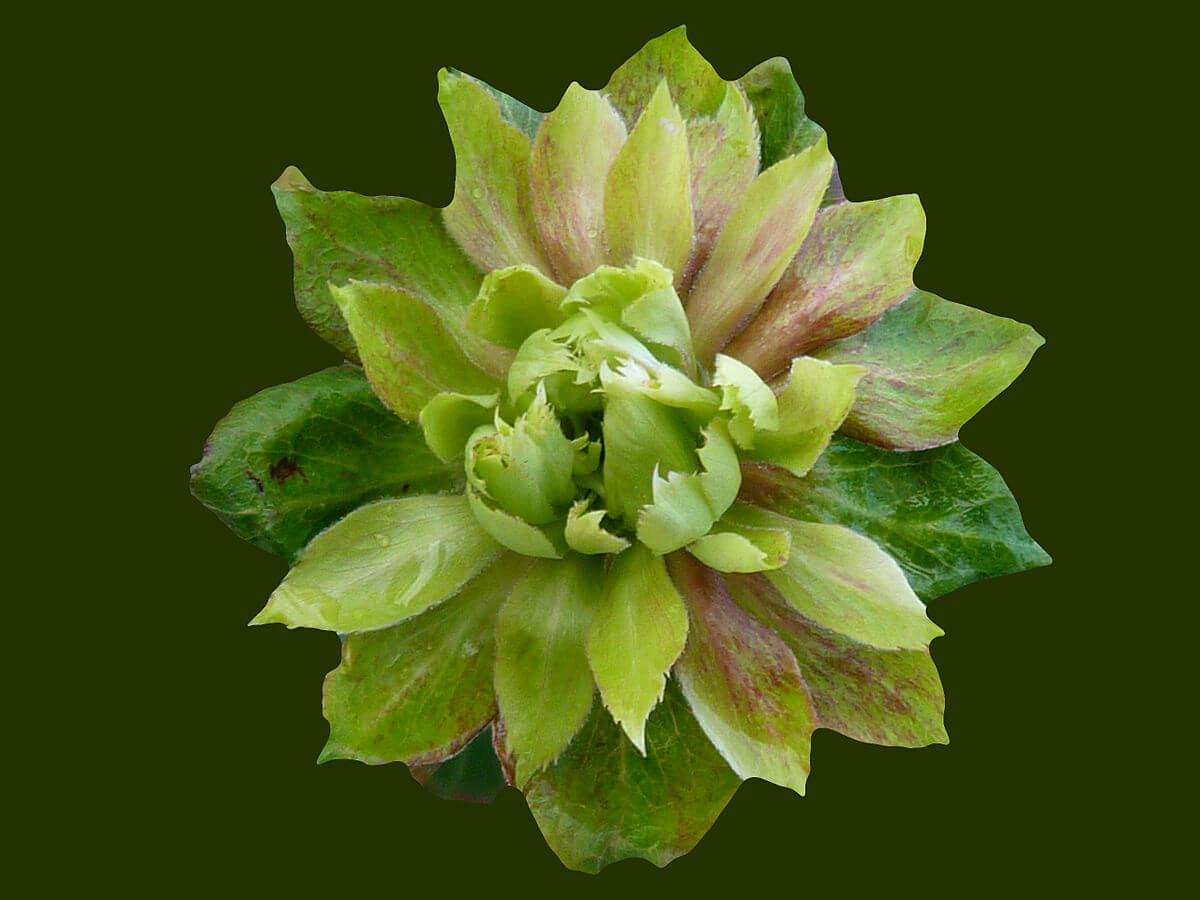
“Hmm! Perhaps I should get one for my rose garden.” But first, I thought to myself, I’ll do more research. I already knew what grew well in my mother’s garden, didn’t always do so well in my garden farther north. In the meantime, I would enjoy my mother’s green rose when I came to visit.
I was fascinated with the information I found on the green rose. It’s actually one of the oldest examples of flowers, and demonstrates what flowers looked like millions of years ago before they mutated into the fascinating colors we see today.
The entire process of mutating their leaves into glorious colors was a way to make themselves irresistible to insects, birds, and other pollinators, including humans. So, those colorful flowers you love with a passion are really colored leaves.
The green rose traces its lineage back to the old China roses, known by its botanical name, Rosa chinensis ‘Viridiflora’. Hardy and growing to a height of 2 to 5 feet, the green rose will grow and bloom from spring until autumn. In the mid-18th century, the green rose or chartreuse rose was cultivated for its unusual appearance.
https://www.instagram.com/p/Badm1VvnWXk/
Unlike other varieties of roses, the green rose doesn’t have any petals only sepals, which, of course, are green. It wasn’t very popular, due to its lack of vibrant colors and the fact that it was incapable of attracting pollinators because the green rose is asexual. It has no pollen, and it can’t produce rose hips.
In fact, when it was shown at the 1856 Paris Exposition Universelle, one horticulturalist described the green rose as “a little monstrosity or an error of nature.” London’s Gardeners’ Chronicle and Agricultural Gazette were even more damaging with its description: “a green-eyed monster like this is not inviting.”
The green rose’s initial negative reception didn’t deter gardeners from including it in their rose collection. Consequently, it continued to flourish. In fact, it was significant in the Underground Railroad during the mid-1800s, or so folklore suggests. Underground conductors wore a green rose as a symbol of their dangerous mission to help escaped slaves.
https://www.instagram.com/p/BjLfzz9lAql/
With so many positive attributes to this unique rose, it was no wonder my mother wanted it in her rose garden. Even though the color green also carried the negative association of jealousy and envy, there were far too many positive associations to make the solitary negative one an issue of concern. After all, a green rose among a maze of multi-colored roses has a calming effect. It suggests balance and tranquility, peace and order. And, when St. Patrick’s Day is just around the corner, the green rose is another way to add a little green and its positive attributes, to March 17.











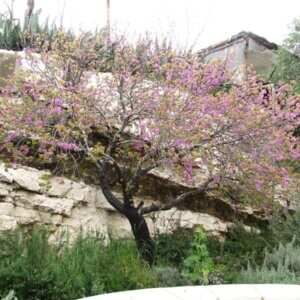

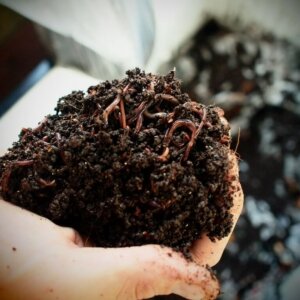









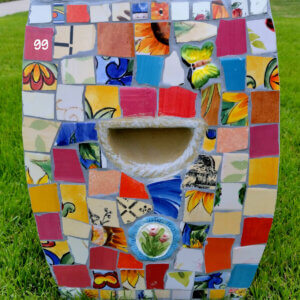






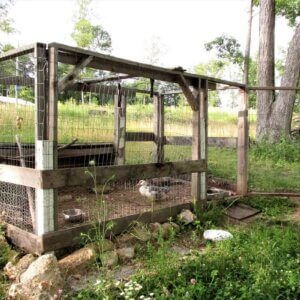


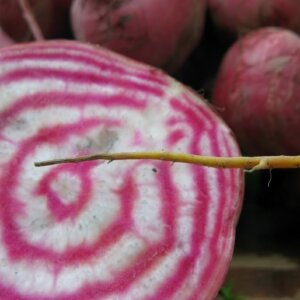







Leave a Reply